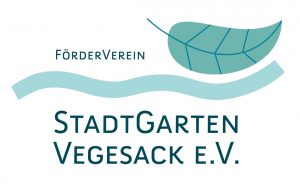Shipping
The river Weser is a well-known and today also a Federal waterway, for its full length. The WSA Bremen (Waterways and Shipping authorities) is accountable for 113 km of waterways along the river Weser and its tributaries like Lesum and Wümme. The WSA Bremen therewith ensures an obstacle-free navigable channel and is responsible for 687 constructions like sluices, barrages, bridges and many others along the way.
Ancient waterway
Seagoing ships on the river Weser had their first recorded mention in the year 1057. There are also tales that the Vikings had used anchoring places in the mouth of the river Lesum as a starting point for their forays. Up to the Middle Ages, cogs-special bulky trading ships-were prevalent. The increasing siltation of the river Weser allowed however only the smaller ships to sail to the City port of Bremen. This was changed only after the Correction of the Weser in 1892. The biggest ships that ever passed Vegesack harbour were newly-built tankers of the major AG Weser shipyard. Those giants have been built in the 1970s. They were around 370 metres long, 64 metres wide and their strongest carrying capacity went up to 393.000 tonnes.
Present-day shipping
In present days, mainly great bulk carriers pass the Vegesack harbour. They supply power stations and the steelworks. Moreover, there are also tankers with processed goods and freighters for heavy lift and project cargo, loads that the Bremen ports are specialised in.
Water gauges for shipping
Knowledge of water levels is of especially high importance for shipping. They influence the depth of waterways. This is specially important in the case of low water levels when unloading. But high water levels can also impact shipping traffic: If, for instance, the HSW (highest navigable water level )is exceeded, ships cannot properly navigate under bridges or power cables. In this case, the river has to be closed down for shipping.
Open fairway
The navigable channel is limited by floating fairway limit barrels. A green buoy restricts the fairway to the left (seen in flowing direction), a red one sets the fairway limit to the right. Within this channel, debris and refuse (sand, pebbles, boulders) are usually removed by dredging activities. Otherwise, the depth of the fairway could be randomly and suddenly diminished by sandbanks (shallows).
(Source: MTV Nautilus AK Geschichte, Ekkehard Büge et al.)



